Plastic-Free July Recap: It’s more than just plastic
Hi friends!
Well, somehow it’s August. Did your Plastic-Free July fly by?
Are you wondering what Plastic-Free July even is? Or is every day Plastic-Free July for you?
Plastic-Free July is a global movement to reduce single-use disposable plastics from our individual lives. It’s all about grassroots, everyday changes, and collective action. It asks nothing more than that you consider making one change daily: after 31 days, voila! You’ve done a lot.
For me, the concept of “plastic-free” has become a bit of a lifestyle change, but I’m by no means perfect. I prefer the term “low-waste living” because it’s more manageable for me. I do my best and I don’t sweat the small stuff. After all, we live in an over-packaged world AND there is no such thing as perfect: it’s a journey towards low waste.
I like to say that my low-waste journey started in 2010, on the heels of my sailing adventure across the Pacific in 2008. I started making swaps and generally trying to buy things unwrapped. What I noticed is that when I went plastic-free, I also became a healthier, more mindful person. It was all connected!
Over the years I’ve gone in waves with low-waste living. Sometimes I feel like I’m really winning at it and other times, I don’t.
This year, July passed me by almost before I realized it had happened. But, I still did things that fit under the Plastic-Free July umbrella.
- Shopped local: farmer’s markets and refilleries for the win!
- Recycled hard-to-recycle items.
- Connected with friends.
- Learned lots – it’s a lifelong journey!
Below is my Plastic-Free July recap. How did yours shake out?
Eating & shopping local
Shopping at the farmer’s market plus local refilleries and small businesses has been my way of sticking it to the man in all ways. At the market, I get to talk to my favourite farmer friends, refill my coffee cup, stick to my low-waste living, and buy nutrient-dense food that hasn’t travelled very far. Yes, some of the stands I visit package their produce in plastic, but I understand why. They spent a lot of time cultivating their crops and they want them to last as long as possible. Already, farm-fresh food lasts eons longer in my fridge than anything from a big-box store, so I’m always pleased. I reuse the plastic or I recycle it…and I don’t sweat it.
At my local refilleries, I can refill the same jars over and over (and over) again: it’s the best. And, from my favourite local small businesses, I can find amazing stuff, like plastic-free lip balm and second-hand clothing that fits me to a T.
The little bit of plastic I pick up while out and about at these places pales in comparison to what I’d get from the same haul at big-box retailers. And, I feel infinitely better about my purchases which makes me more likely to do it again next time!
As summer draws on, the market has only gotten better. Recently I’ve picked up beautiful, fresh veggies and fruit plus some delicious fun finds like gluten-free coffee cake, and more. Yum!
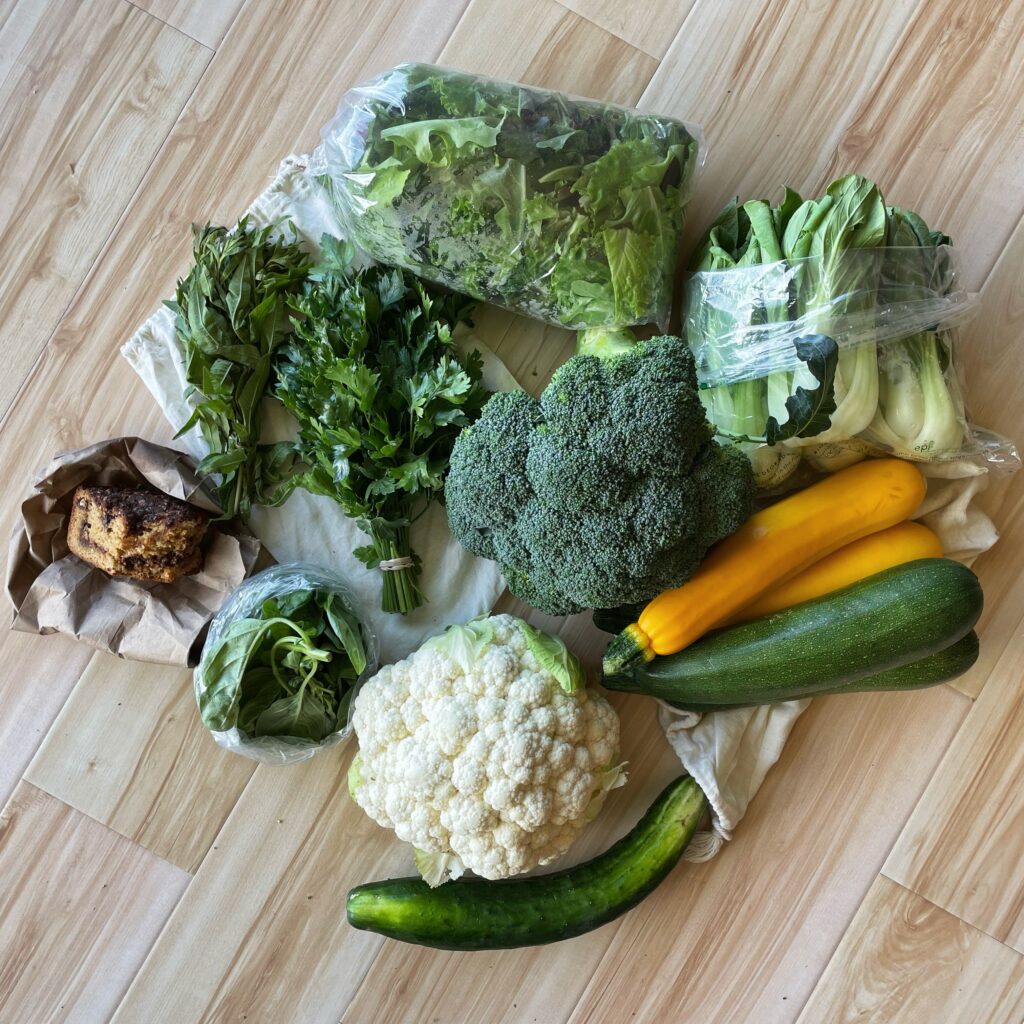
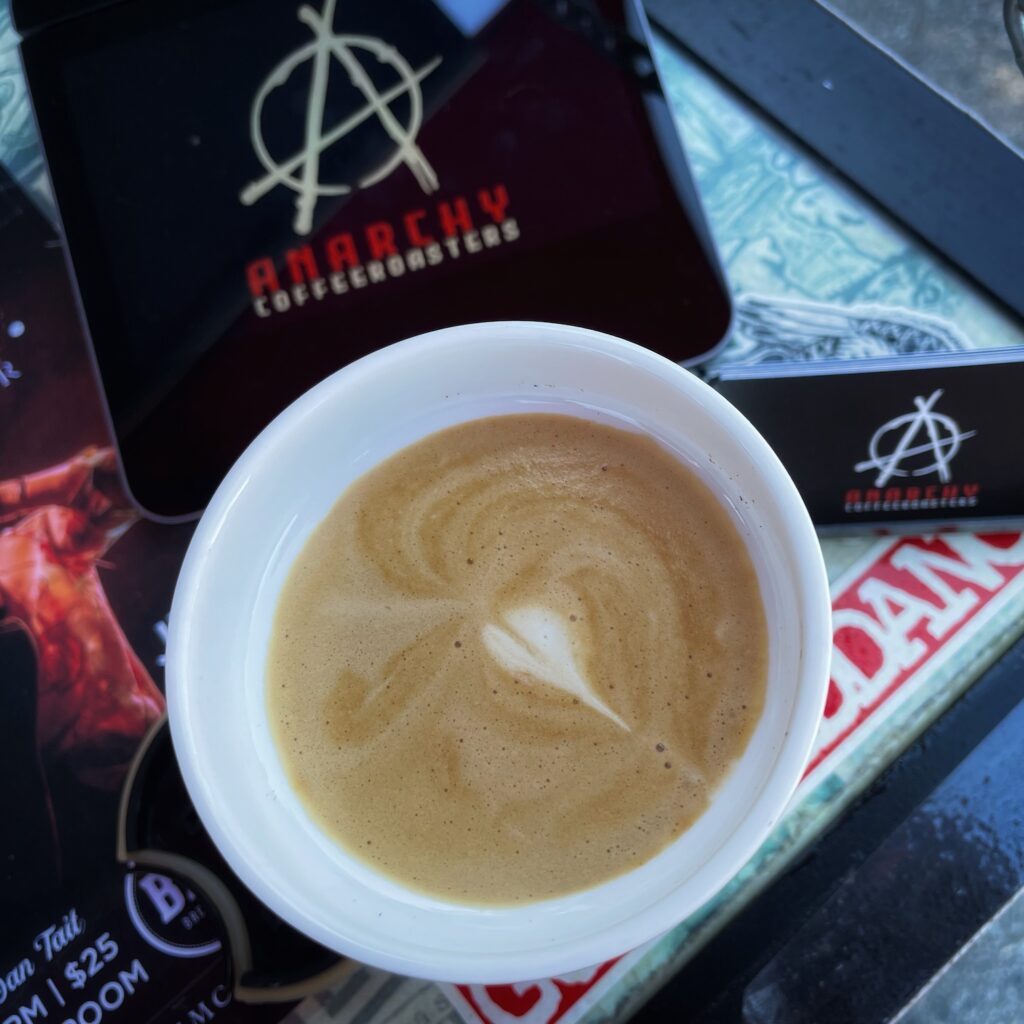
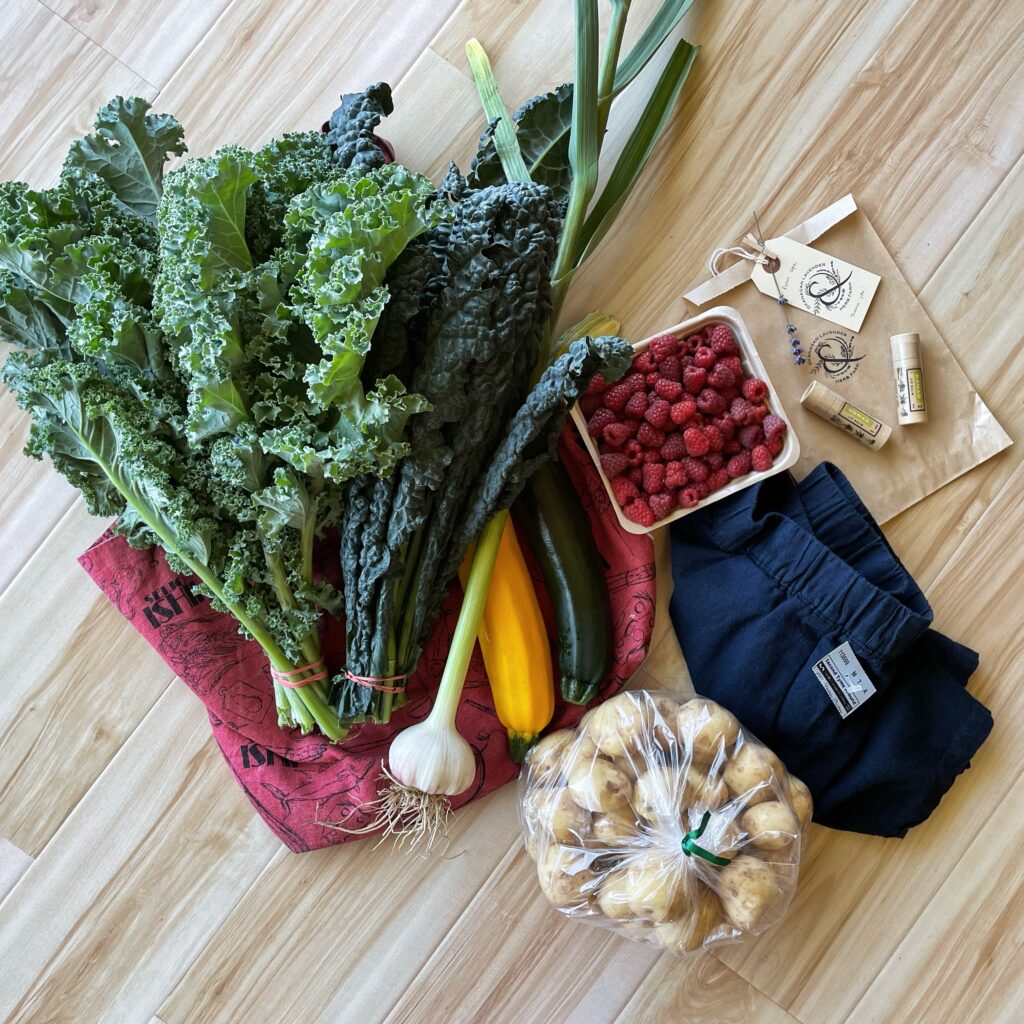
Connecting with friends
One thing I’ve noticed about low-waste living is the connections it fosters. Low-waste living ends up being more than just giving up plastic. It has also meant more conversations with friends and shop owners, and fun community-building opportunities. And, plastic aside, I’ve learned that hanging out with friends who are riding the same wavelength is just really freaking fun and makes life better. The problems of the world don’t seem so big and cumbersome when I’m spending time with people I care about.
I had some really great moments in July meeting up with friends for early morning workouts, or at the market hunting for fresh peaches and iced coffee. There were tender moments, working through hard times, and lovely conversations with my partner-to-the-stars Jan. Sometimes these conversations revolve around the fraught system of recycling, or garbage but more often than not, we just talk about life stuff.
I think connecting with friends and loved ones is important in the journey to living a low-waste but highly-abundant life.
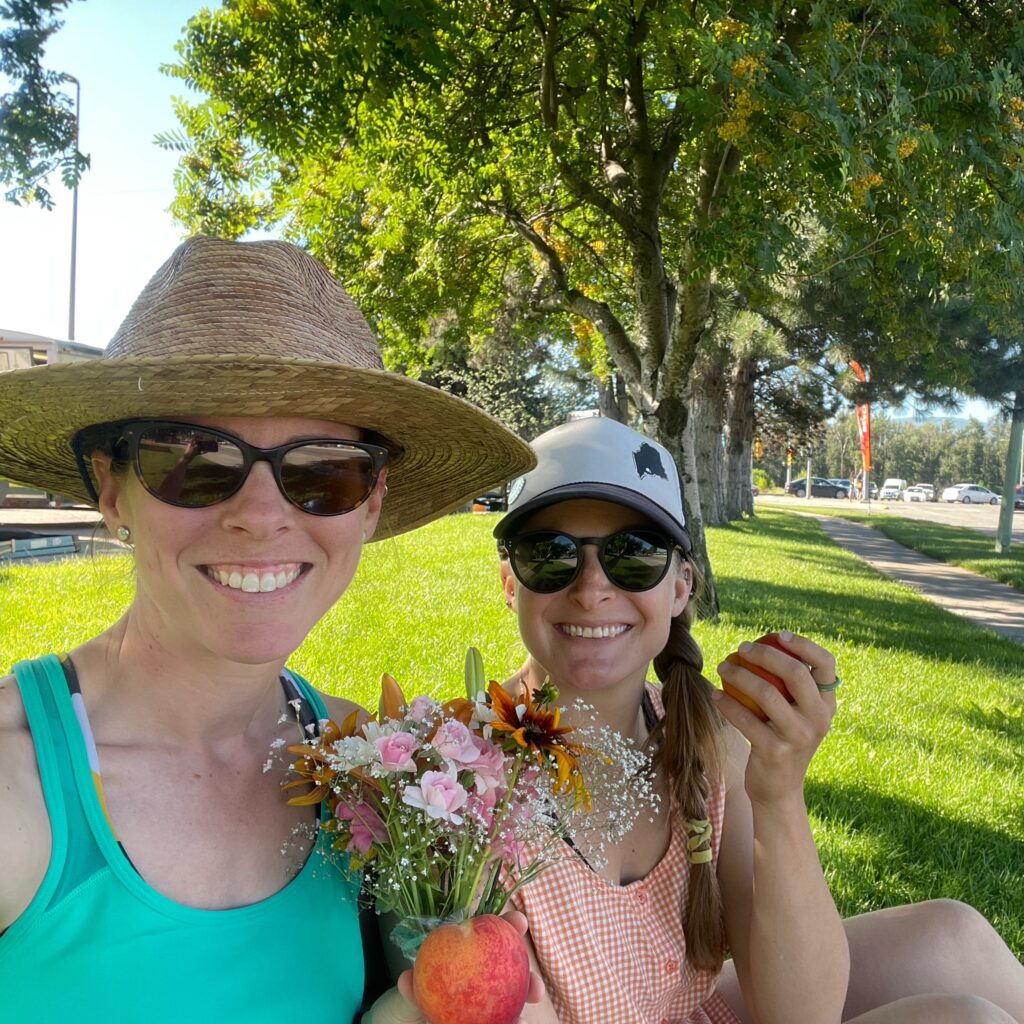
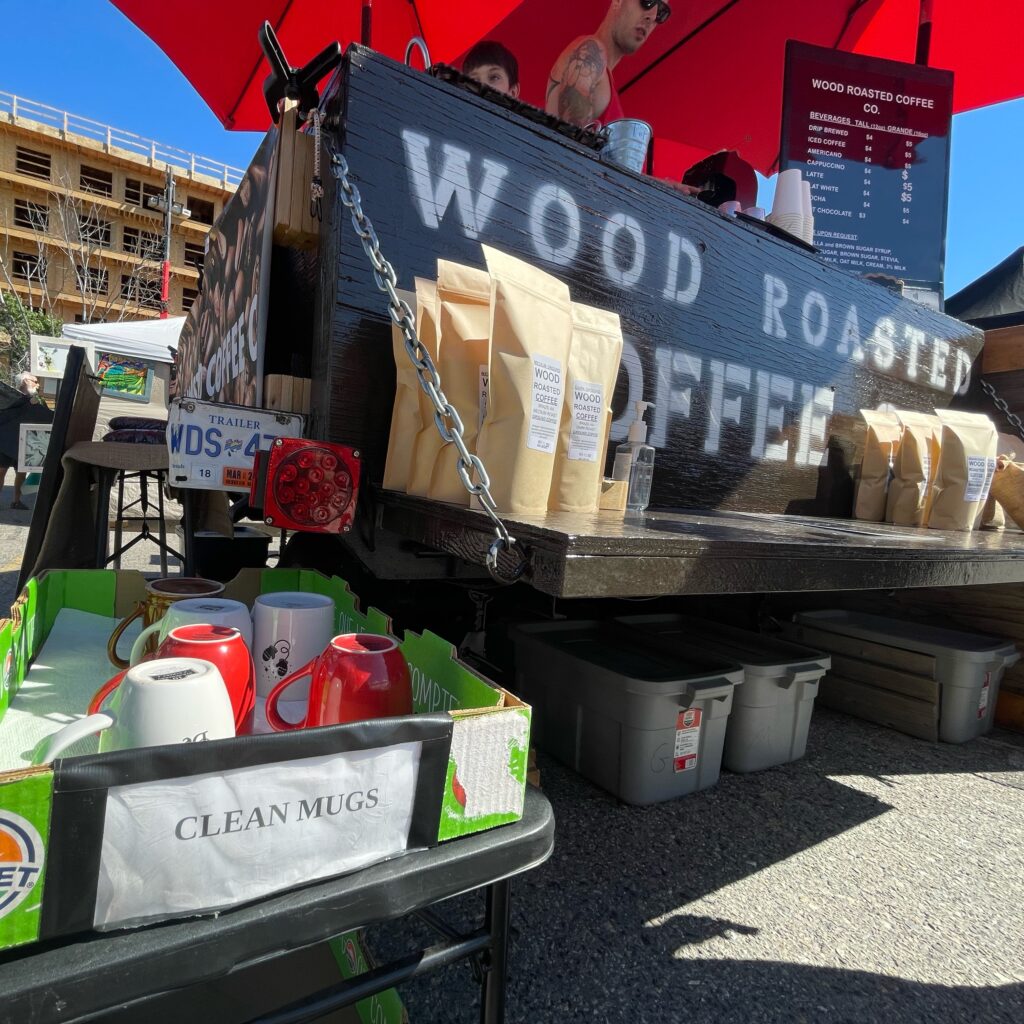
Learning about food
Speaking of peaches, while at the market one day, we learned from farmers about the plight stone fruit farmers are facing due to this past year of wacky weather events. Between the heat dome of 2021, plus early/late frosts, no bees, and a cooler-than-usual spring this year, the stone fruit harvest in the Central Okanagan has been pitiful (pun not intended but you’re welcome).
Learning about food is so important when it comes to low-waste living, even if it doesn’t appear to be connected to plastic. As I’ve learned about our complicated global food systems, I’ve begun to understand why so much of our food is over-packaged and from far-flung regions of the world. The closer our food is grown/produced relative to where we live, the less packaging is required. Frankly, this is really frustrating, and I want it to change, which is why I’m such a big believer in eating locally as much as possible. But while I wait for the systems to crumble, I’m also working on opting out of the conventional grocery store supply chain where possible and supporting my farmer friends when I can.
Recycling the hard-to-recycle
Another facet of low-waste living is considering the hard-to-deal with materials of our lives. Single-use plastics are fairly easy to navigate once you’ve gotten the hang of things: mostly it’s about avoidance. I don’t really need plastic forks or single-use coffee cups. And many other materials are pretty easy to recycle or divert: #1, #2, and #5 plastic containers, cardboard, and tin cans: easy peasy. Plus, there are so many swaps for things now, and endless ideas on creative reuse, that really, recycling can actually be a last-resort option (like it was supposed to be from the beginning!! Reduce, Reuse, RECYCLE).
Other materials are harder to avoid. Exhibit A: batteries and Brita filters.
I’ve been stockpiling used Brita filters and lithium-ion batteries for forever and finally decided to figure out where to take them in my city. Yes, I know there are more and better water filtration devices that are plastic-free but I’ve not yet invested in them. As far as batteries are concerned…well, you try powering anything without them.
Brita filters and Terracycle
It turns out, Terracycle has a recycling stream for Brita at London Drugs in Kelowna. Who knew?! Terracycle purports to recycle hard-to-recycle items by offering up collection bins at businesses, then taking the materials back and…doing something with them. What exactly does Terracycle do with the Brita filters, you ask? Great question, I’d love to know too. I emailed them over a week ago and have yet to hear back. If/when I hear back, you’ll be the first to know.
And I have to say, the placement of their collection bin at London Drugs needs some serious improvement: it’s terrible! At the time of my drop-off, the bin was empty but I’ll be optimistic here: maybe they had just sent off a full load of Brita filters. Fingers crossed.
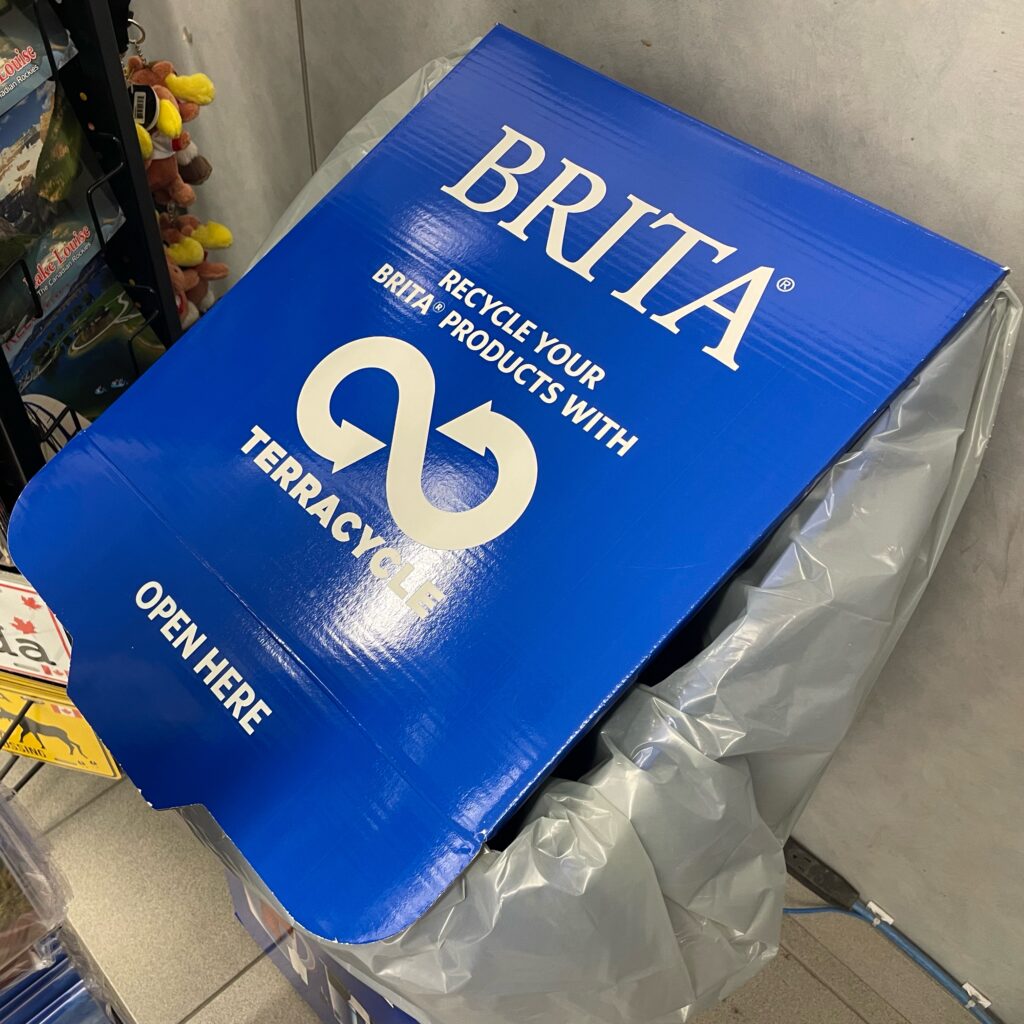
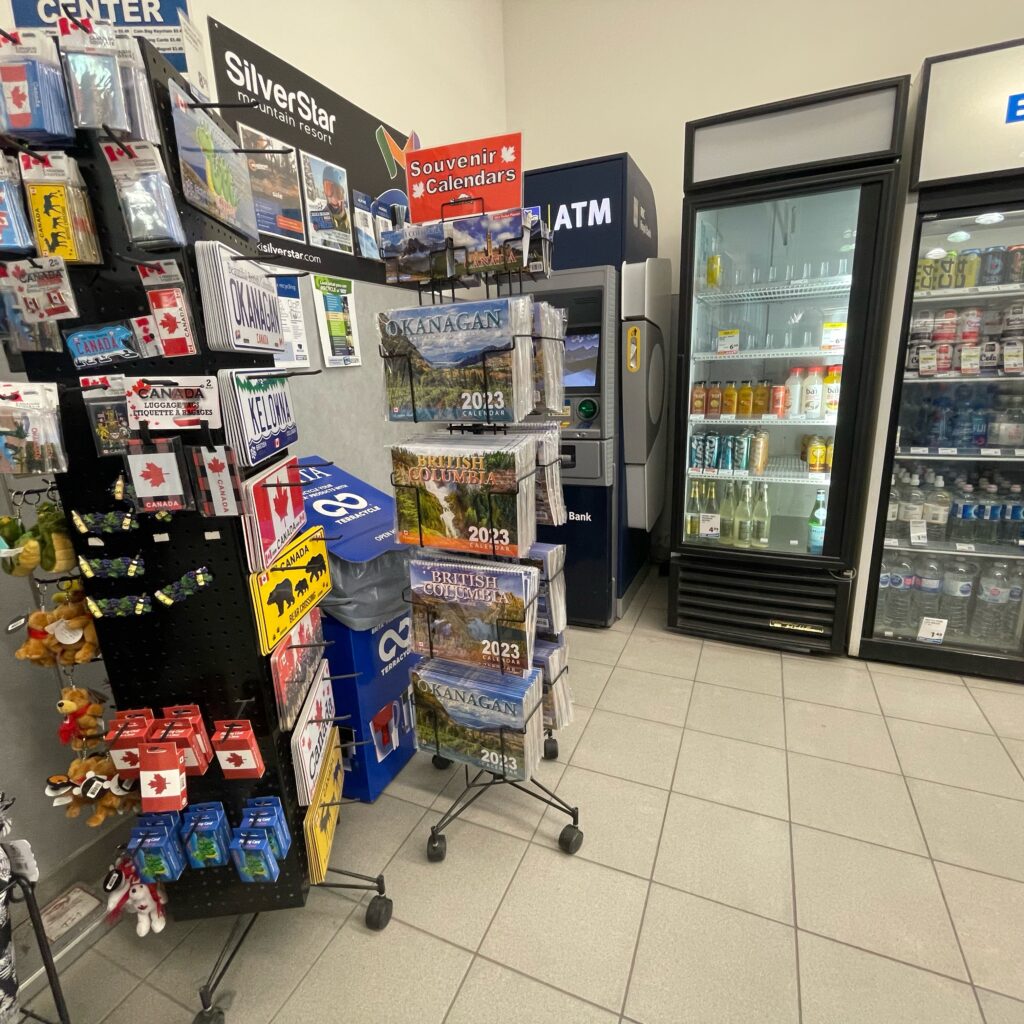
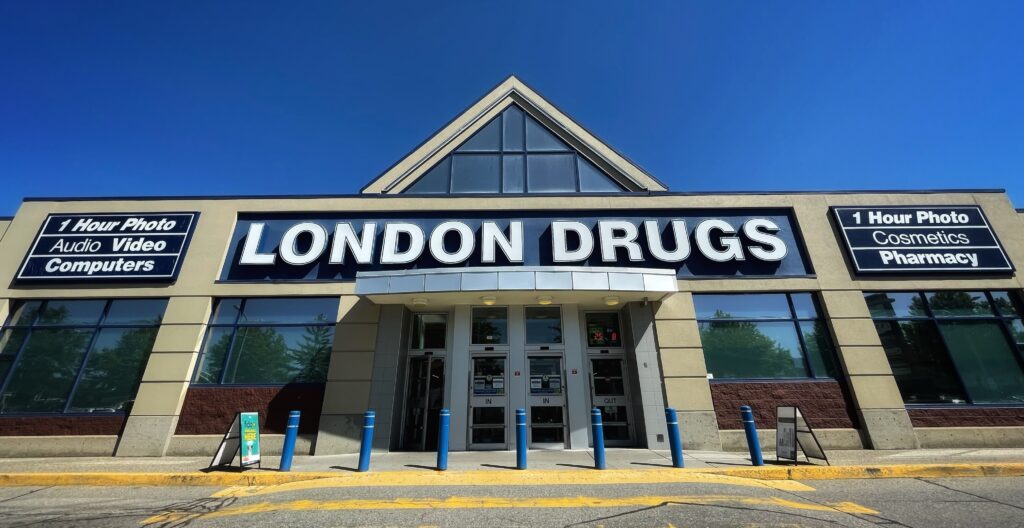
Low-waste living means dealing with batteries
Low-waste living isn’t just about eliminating all aspects of waste: it’s also about appropriately dealing with the waste that does end up in our lives. I mentioned earlier that I had a bunch of lithium-ion (LI) AA and AAA batteries to deal with. I don’t use these so much but Jan does for his various camera and tech applications (between camera equipment and wireless internet gear, he goes through a lot of batteries). Lithium-ion batteries typically last a lot longer than standard alkaline batteries.
However, as I learned when I first tried to recycle the LI batteries (and through some work at my local landfill) they have to be dealt with differently than alkaline batteries. It’s probably more widely known now, but LI batteries can start fires. They must never, ever be put in the garbage (because if a compactor runs over them, they can explode, causing a whack of problems).
In Kelowna, there’s a place called The Battery Doctor and it collects used batteries for recycling. When I initially brought our LI batteries there, they told me I had to tape the ends so that they wouldn’t arc when jumbled in a pile. No kidding!
So, of course, they sat in my closet for months until I finally sat down on my kitchen floor one morning and diligently taped them up. Then, it was easy peasy: just hand over the batteries and presto, done-zo!
Recovering the unrecoverable
While on a run in late July, I literally ran over a busted Apple Watch. It made me really sad to see this thing lying on the ground, shattered into a million pieces. Primarily because, wow, these are expensive and how do you lose something that fancy?! But also because of the waste: here was a pile of precious metals, a battery, plastic…all just in a heap!
Then my brain switched to solution mode: was it possible to salvage this? I even had heroic thoughts of restoring this watch and then finding its owner for a Hollywood fairytale reunion. LOL.
Nope.
I took the tattered remains of this Apple product to my favourite repair man in town (he’s fixed my iPhone after I stumbled my way through my own repairs) and it took him about 10 seconds to report that to get parts and replace all the components would cost about the same as a new watch, plus any warranty would be voided if he tried to repair it (and, it wouldn’t be water resistant anymore). Wah wah wah…
Not that this was a big deal (it wasn’t my watch!) but it was still sad, ya know? It’s still waste! When considering low-waste living, we really need to be thinking about how we’re dealing with things like e-waste and changing the model towards reuse instead of throw-away.
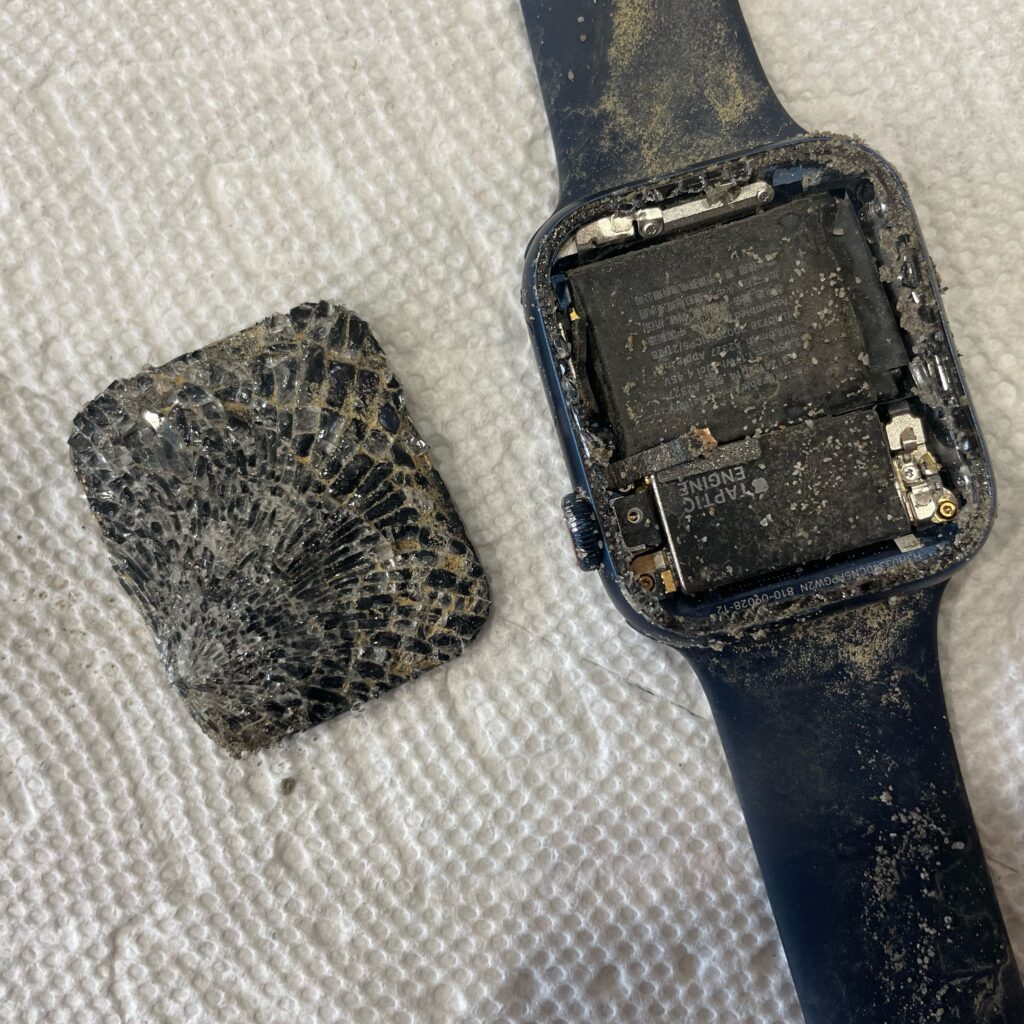
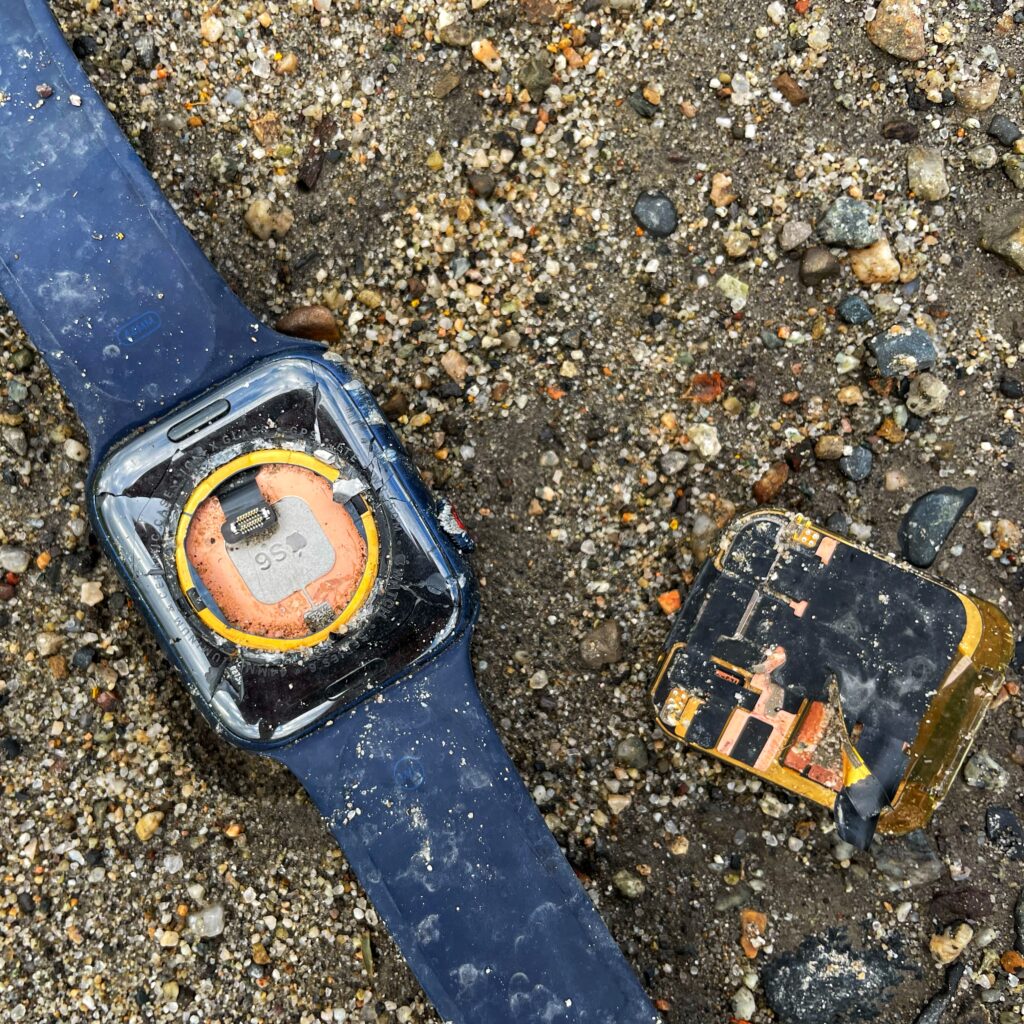
Final thoughts
Plastic is a material of convenience but it also tied us to global systems that we have little control over and that often result in over-packaging. Plus, there is a lot of waste beyond plastic that is mixed and tricky to deal with. And, our systems are geared in a one-way direction of throw-away, rather than circularity.
Plastic-Free July asks us to consider all of this, in gentle, approachable ways. Here it is August 5, and the systems haven’t been dismantled BUT by more and more people adopting low-waste lifestyles, we are changing the tide. Waste (and plastics) don’t simply go away but they’re far reduced. AND, as we all stand up and say “NO” to the status quo, we’re sending a message to big businesses that no, in fact, we don’t want what they’re serving up. I’m left feeling cautiously optimistic. I think we’re on the right track: we just need to keep our foot on the gas pedal.

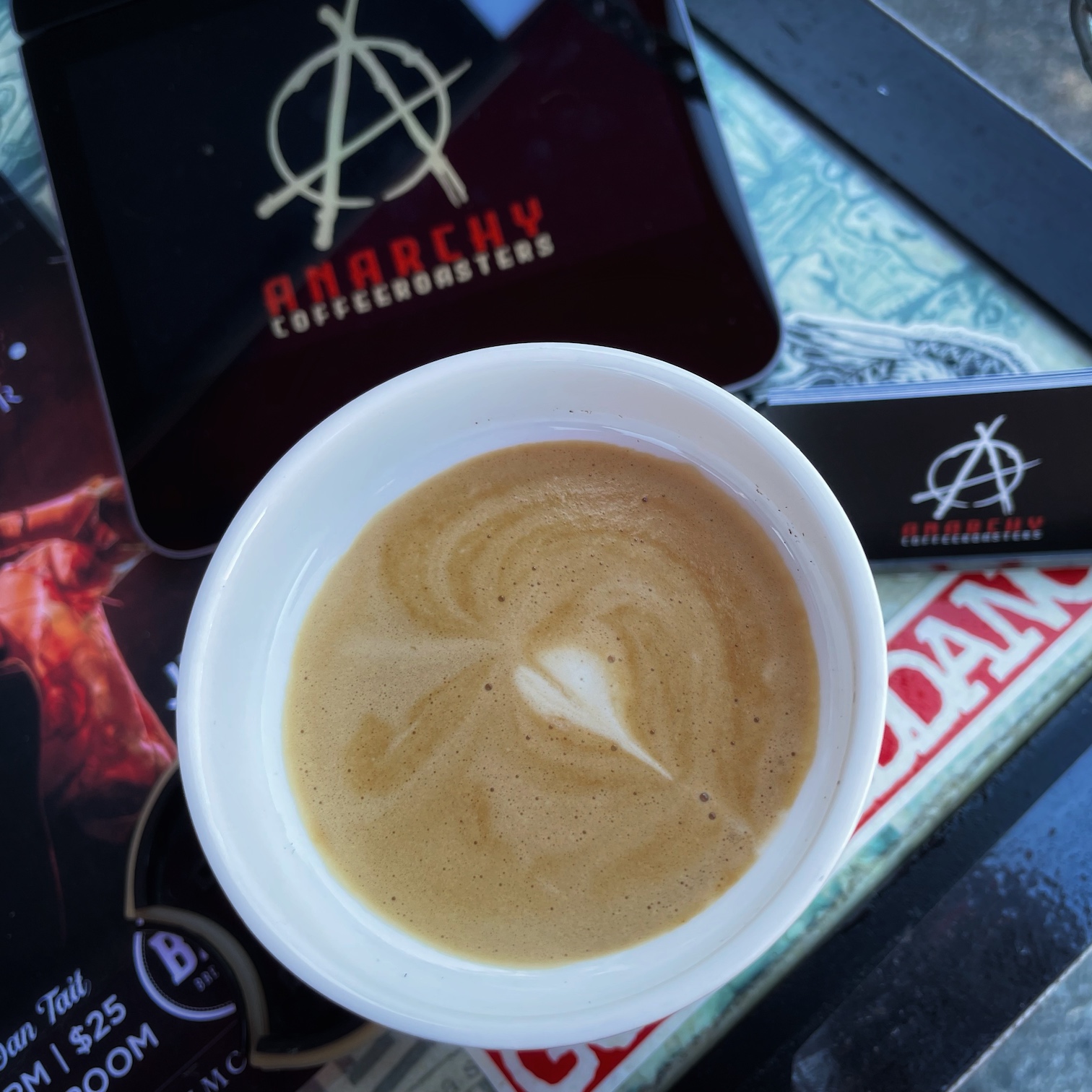
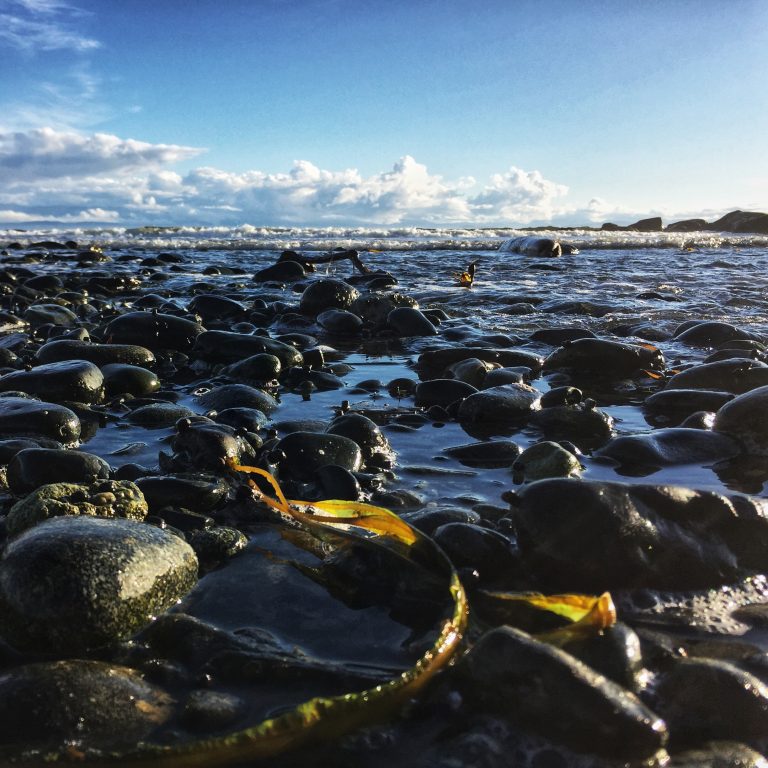
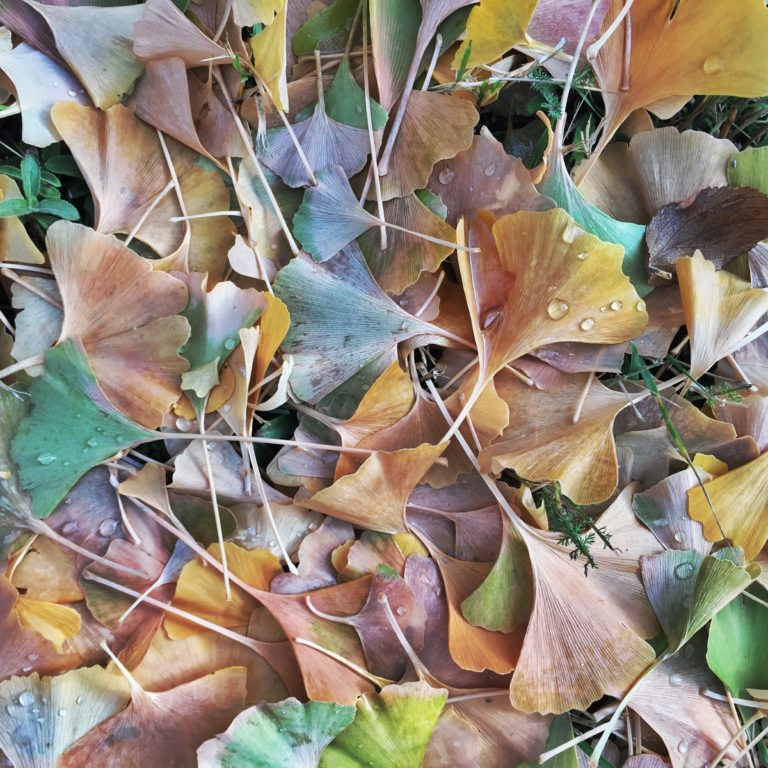
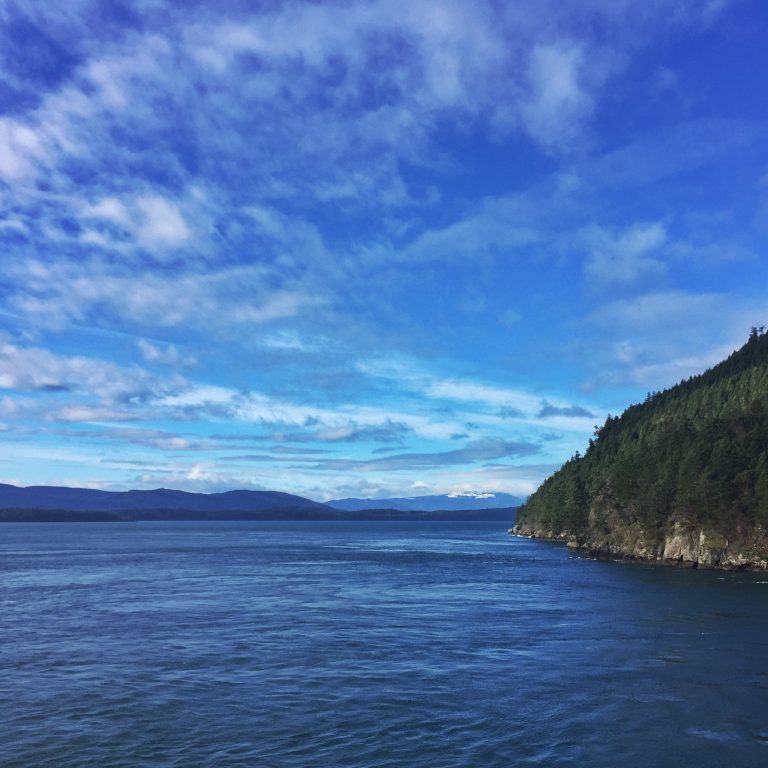
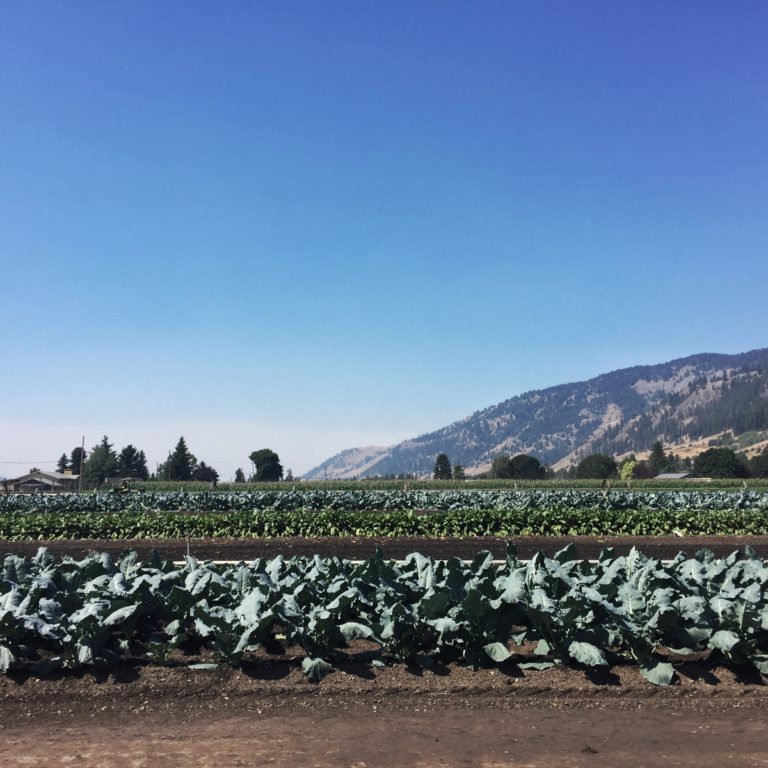
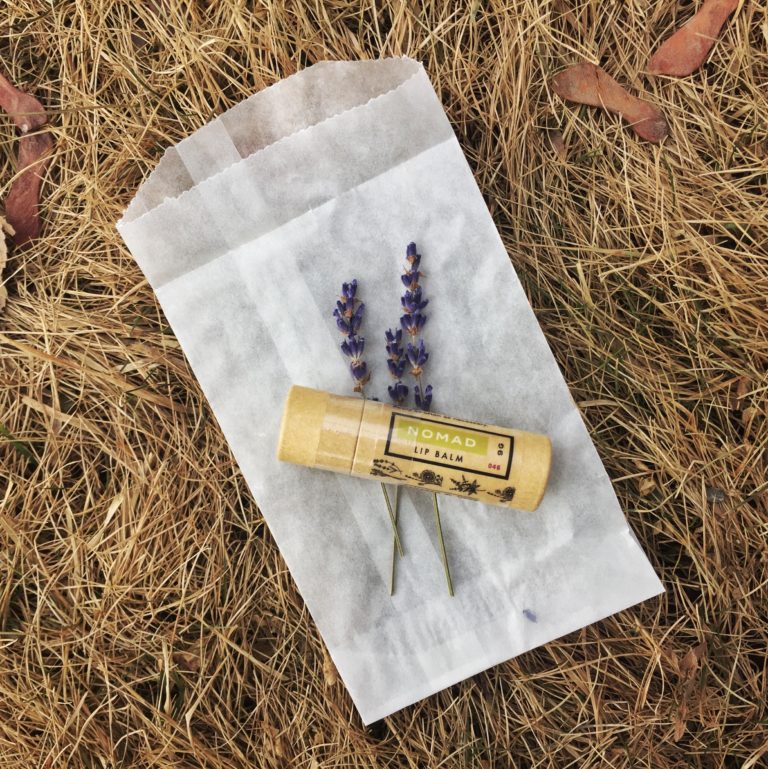
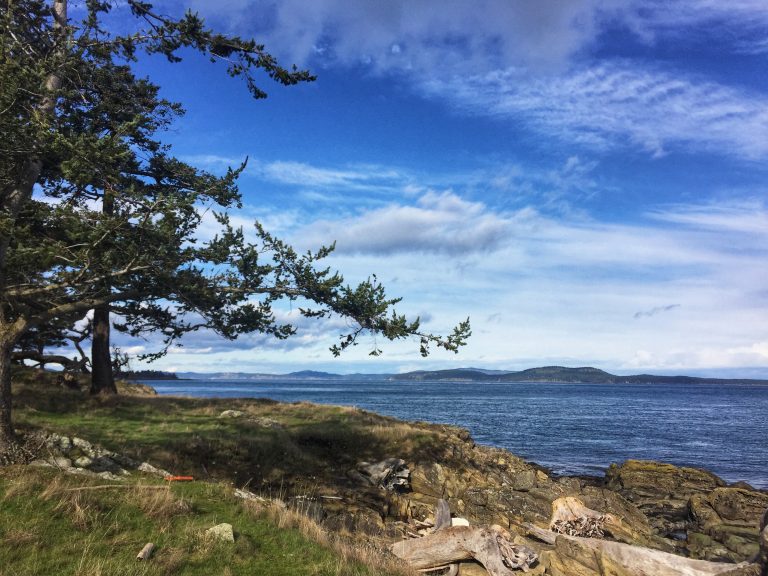
One Comment